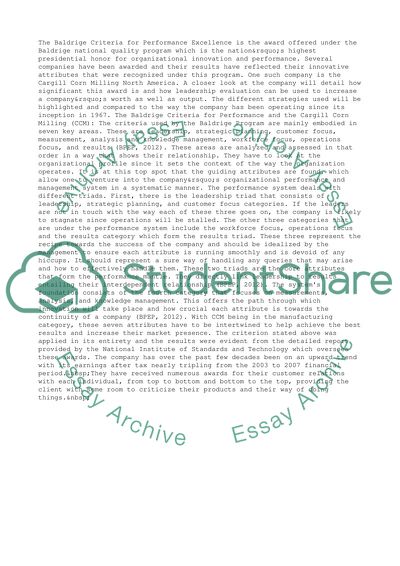Cite this document
(Evaluating Leadership at Cargill Corn Milling Case Study, n.d.)
Evaluating Leadership at Cargill Corn Milling Case Study. Retrieved from https://studentshare.org/management/1454414-leadership-evaluation
Evaluating Leadership at Cargill Corn Milling Case Study. Retrieved from https://studentshare.org/management/1454414-leadership-evaluation
(Evaluating Leadership at Cargill Corn Milling Case Study)
Evaluating Leadership at Cargill Corn Milling Case Study. https://studentshare.org/management/1454414-leadership-evaluation.
Evaluating Leadership at Cargill Corn Milling Case Study. https://studentshare.org/management/1454414-leadership-evaluation.
“Evaluating Leadership at Cargill Corn Milling Case Study”, n.d. https://studentshare.org/management/1454414-leadership-evaluation.


